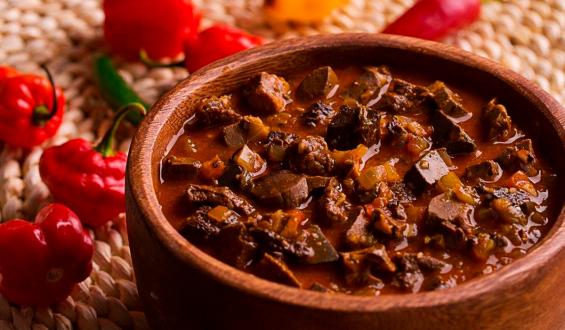The tradition of a people or a region is built up over centuries and the Alentejo, being no exception, also has its traditions, most of which are common throughout its vast territory.
Easter has become increasingly celebrated throughout the Alentejo, sometimes surpassing the Christmas celebrations.
With regard to their gastronomic traditions during the Easter period, there is a common pattern that identifies us, namely the use of lamb or kid meat, the latter being less commonly used. As a result, various dishes are prepared in a variety of ways, but very much to the taste of the Alentejo.
However, in this Easter context we can't forget to fulfil religious traditions. Abstinence from meat is an ancestral habit on Maundy Thursday and Good Friday, the days when meat is banned from the menus of Alentejo families, favouring the consumption of fish (alhada de cação, cod or fried fish) on these two days. This fast is followed by Saturday, also known as Hallelujah Saturday, and Easter Sunday, and it is on these two days that lamb-based gastronomy is at its most splendid.
The most typical dishes in Vale do Peso are:
- Sabarrulho soups, also known as sarapatel soups;
- Lamb stew, which used to be called "fresh meat" in Vale do Peso, accompanied by potatoes cooked in their own sauce;
- Lamb, or kid, roasted in the oven with roast potatoes.
Naturally, these dishes, so much to the taste of the Alentejo palate, are always well washed down with Alentejo wine and, to round off the meal, traditional sweets:
- Party cake or Fancy cake;
- Boleima and baked curd cheese, made from curd cheese, eggs, flour, milk, sugar, cinnamon and orange zest. A real treat.
And... if I may, I recommend a Franciscan ginjinha to help digestion.




